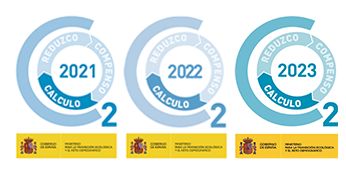Latex is an organic material with extraordinary properties.
The use of latex dates back to pre-Columbian times, when Europeans observed the use of this material by the people of Central and South America, which was unknown in Europe. In 1839 Charles Goodyear invented vulcanization, a process that gave natural latex a technical and modern use. Natural latex is an elastic material made of natural rubber.
And how is latex collected?
Latex is collected by lightly indenting the peripheral bark of the rubber tree. Each year it is turned on its side for eleven years and then the tree is left to rest. The tree can produce latex for thirty years. The latex dries forming the clot that is collected after 4 days.
To go from latex to rubber, the material is centrifuged and emulsified with water and air, then it is slowly heated and vulcanized at 120 ° C.
In 1850, American Hiram Hutchinson bought the patent from Charles Goodyear. He began large-scale manufacture of waterproof footwear and clothing.
Advantages of latex
– Natural rubber is a sustainable resource.
– Only natural rubber can withstand pressures, shocks and temperature variations (several tens of degrees in a few minutes) such as those that occur, for example, in airplane tires.
– The random nature of the composition of natural rubber is inimitable to synthetic rubber.
Now that we know where this noble material, latex, comes from, let’s see how it relates to the vulcanization process we perform at Lake Shoes.
The year 1995 marked a before and after in Lake Shoes, since it is the year in which we started using the vulcanization method to produce high quality shoes for the most prestigious luxury houses.
Vulcanization is an operation that consists of incorporating a vulcanizing agent into a raw elastomer to form bridges between molecular chains. After vulcanization, the long chains of the latex are joined together, thus ensuring the elastic effect of the rubber over a wider temperature range. At Lake Shoes we only use natural rubber because, although it is more expensive, we prefer to work with materials that are not polluting and do not contribute to fast fashion, such as synthetic rubber.







